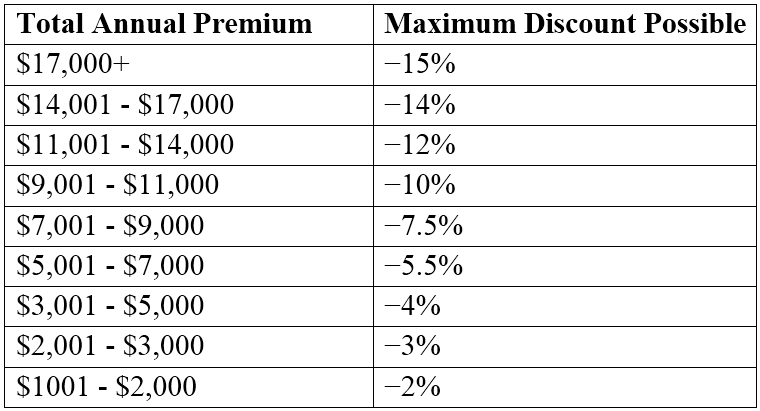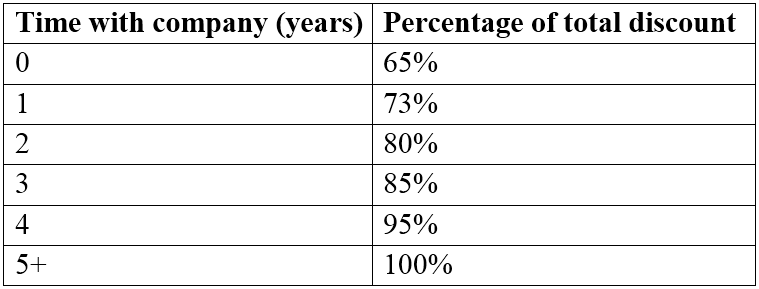IIBA CBAP - Certified Business Analysis Professional
A business unit of a transnational manufacturer wants to implement a robust process for addressing integrity- critical equipment deterioration incidents. Timely and complete resolution of such incidents is vital for the business unit’s continuous safe and profitable operation. Treating each incident involves many employees from different departments extensively collaborating and exchanging information. That information is spread across multiple systems having their access limited to particular user groups. With the current manual process, some incidents get forgotten and remain unresolved for years.
The project’s Sponsor is an Equipment Integrity and Reliability Advisor, who moved into this position from another business unit. That business unit implemented a proprietary application to integrate the information and to assist in tracking and managing the incidents. Having a positive experience with the application, the Sponsor is suggesting to customize it and reuse in the new business unit.
The business unit’s Enterprise Architect (EA), who is responsible for assessing solution options and presenting them to executive decision makers, has a few concerns with adopting the existing application. The application uses point-to-point interfaces with other data sources whereas the business unit’s target architecture relies on a data warehouse-based integration. Moreover, the two business units use different legacy systems, as well as different front-end implementation technologies. Additionally, the existing application is monolingual, while the business unit needs user interfaces and some data to be presented in two languages. With all of this, it may be easier to build a new application from scratch than to customize the existing one. To understand which option is better, the EA asks a business analyst (BA) to define business requirements.
Through the elicitation process, the BA identifies the following requirement: "Particular incident-related activities require approval by authorized personnel before beginning them, as well as confirmation of acceptance of their completion."
What kind of asset should the BA provide to fully specify the approval requirement?
A business analyst (BA) elicits requirements for the sales order processing of multiple product lines. Elicitation reveals that the business processes for the sales orders of most products follow similar activity patterns that have been established over a number of years. Some of the new proposed seasonal products, however, will necessitate major variations in the process flow of some departments. The seasonal products are likely to be different every year. The business needs to carefully adapt its business practices so that the significant but seasonal variations in some of the business processes for the new products are handled adequately without disrupting the processes for the other established products.
Which of the following approaches must the BA take to manage the requirements for sales order processing in the long term?
During requirements review, the implementation subject matter expert (SME) identified the requirement 'parsing of data' that must be implemented before other requirements. The business analyst (BA) has given this requirement high priority.
What factor influenced the prioritization of the requirement?
A business analyst (BA) is planning for an upcoming solution based on a signed contract with a client but has learned that one of the key subject matter experts is unavailable during the first half of the business analysis phase. The project has a tight timeline and firm deadline that is part of the contract. There are no substitutes for the key subject matter expert.
How should the BA proceed?
A business analyst (BA) works for an organization that is moving from a waterfall methodology to an agile approach. This causes new challenges and opportunities for the BA.
Which business analysis planning and monitoring element is most impacted by the organization's change?
A business unit of a transnational manufacturer wants to implement a robust process for addressing integrity- critical equipment deterioration incidents. Timely and complete resolution of such incidents is vital for the business unit’s continuous safe and profitable operation. Treating each incident involves many employees from different departments extensively collaborating and exchanging information. That information is spread across multiple systems having their access limited to particular user groups. With the current manual process, some incidents get forgotten and remain unresolved for years.
The project’s Sponsor is an Equipment Integrity and Reliability Advisor, who moved into this position from another business unit. That business unit implemented a proprietary application to integrate the information and to assist in tracking and managing the incidents. Having a positive experience with the application, the Sponsor is suggesting to customize it and reuse in the new business unit.
The business unit’s Enterprise Architect (EA), who is responsible for assessing solution options and presenting them to executive decision makers, has a few concerns with adopting the existing application. The application uses point-to-point interfaces with other data sources whereas the business unit’s target architecture relies on a data warehouse-based integration. Moreover, the two business units use different legacy systems, as well as different front-end implementation technologies. Additionally, the existing application is monolingual, while the business unit needs user interfaces and some data to be presented in two languages. With all of this, it may be easier to build a new application from scratch than to customize the existing one. To understand which option is better, the EA asks a business analyst (BA) to define business requirements.
The EA wants to understand whether the integration capabilities of the existing solution match the business unit's IT landscape. The requirement definition that the EA needs should read as, "Each record of an incident shall."
A business analyst (BA) is reviewing the performance results from a recent change initiative. One of the results stated, "The planned schedule expected 50% of the project to be done at milestone 6. The schedule performance index (SPI) was .87. Three project team members worked overtime to ensure that the actual schedule would align with the planned schedule."
This is an example of what type of action?
A leading software manufacturing company has appointed a business analyst (BA) to ensure that requirements are managed effectively and efficiently. The BA discovered some missing functionality as well as some implemented functionality which are not supported by requirements.
Which of the following tasks did the BA use to discover the issues?
An insurance company wants to increase sales by 15% and customer retention by 10% within 1 calendar year.
Various strategies to achieve this were considered and a restructure to the existing pricing model is selected to help achieve these goals.
A business analyst (BA) works with stakeholders such as actuaries, product specialists, sales staff, risk managers, and underwriters who agree to applying varying levels of discounts to customers based on:
•Total annual premium the customer has with the company (Financial worth)
•Time with the insurance company (Loyalty)
Various financial models are considered but the stakeholders agree that an initial applicable discount is determined based on the customer's overall premium:

The percentage of the maximum possible discount available to the customer is adjusted based on time with the company:

As the new pricing structure was being implemented, the chief executive officer (CEO) of the company wanted to change the premiums and associated discounts offered to customers. The BA investigated the cost, anticipated benefits and the length of time the change would likely take to complete before presenting the results back to the CEO.
What type of analysis has the BA just conducted?
A business analyst (BA) is running a workshop with a group of stakeholders to understand the requirements for a change that the company is planning to implement.
What important factor does the BA need to understand to ensure the workshop remains focused on the topic in question?



